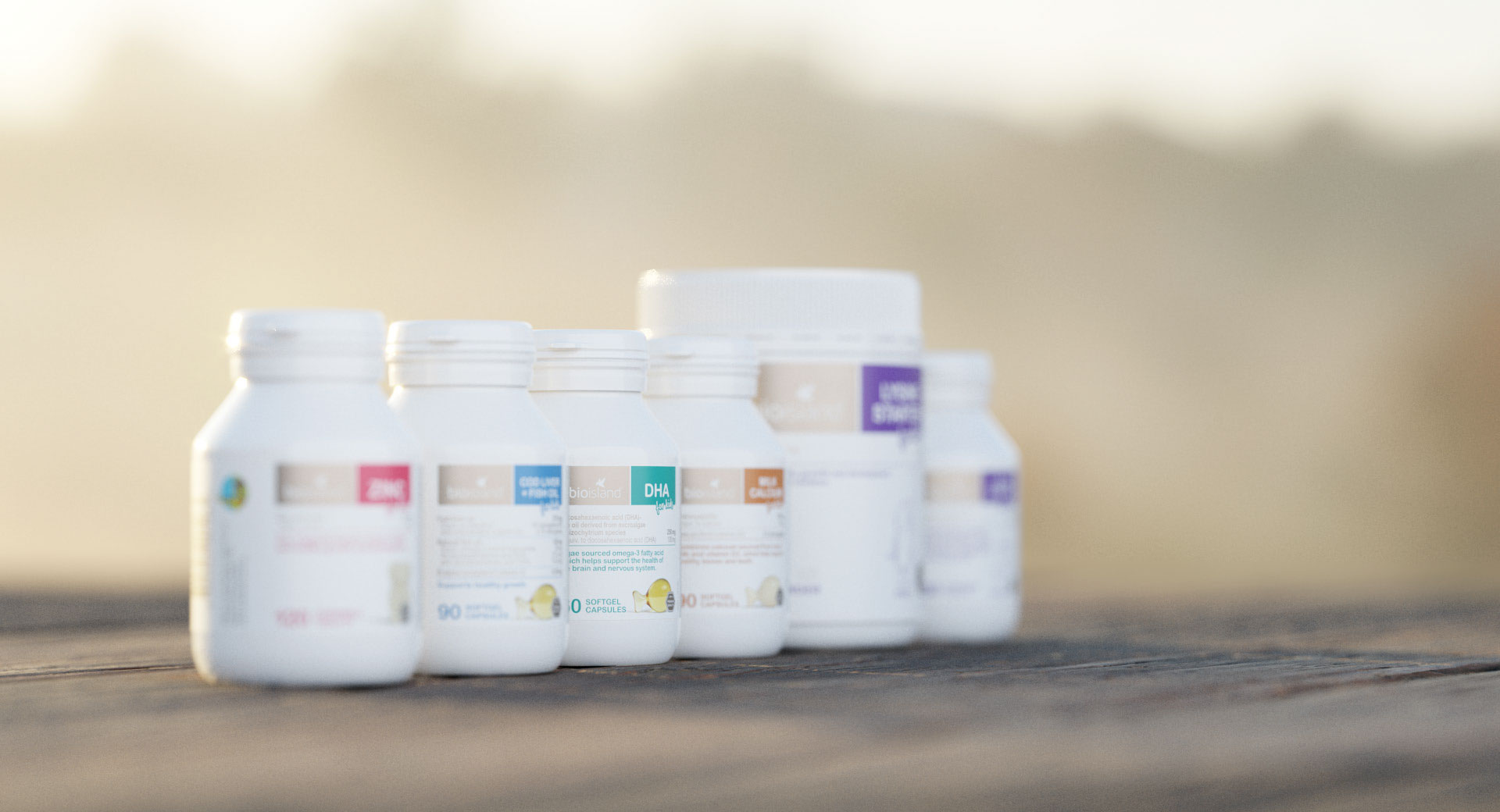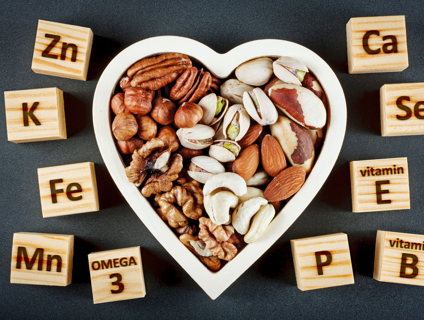
Vitamin E is the collective name referring to a group of 8 fat-soluble compounds essential for health and wellbeing.
By Bio Island Nutrition Team
WHAT IS VITAMIN E AND WHAT ROLE DOES IT PLAY IN OUR BODIES?
Vitamin E is the collective name referring to a group of 8 fat-soluble compounds essential for health and wellbeing. As a fat-soluble compound, vitamin E is absorbed into the body through fatty tissue and stored in the liver and fat tissue when not being used. α-Tocopherol is the body’s preformed form of vitamin E, and the only supplemental form which can reverse the symptoms of a vitamin E deficiency.
Vitamin E acts as potent antioxidant meaning it helps protect the body from damage. Other roles of vitamin E include helping with the proper functioning of many of the body’s organs and maintaining healthy skin, vision and functioning of the immune system. Vitamin E also helps the body use vitamin K effectively and widen blood vessels to stop the blood from clotting.
WHAT IS THE RECOMMENDED DAILY INTAKE (RDI)?
The Australian Government’s National Health and Medical Research Council (NHMRC) nutrient reference values recommends the below Adequate Intake (AI) of vitamin E for children and adults per day:
|
Age |
AI |
|
0-12 months |
4-5 mg/day |
|
Boys & Girls 1-8 years |
5-6mg/day |
|
Boys 9-18 years |
9-10mg/day |
|
Girls 9-18 years |
8mg/day |
|
Men 19 - >70 years |
10mg/day |
|
Women 19 - >70 years |
7mg/day |
|
Pregnant Women 14-50 years |
7-8mg/day |
|
Lactating Women 14-50 years |
11-12 mg/day |
HOW DO I GET VITAMIN E? WHICH FOODS ARE HIGH IN VITAMIN E?
The main food sources of vitamin E are oils and fats with vegetable oils being the richest source. Other notable sources include nuts, seeds, whole grains, and wheat germ. The vitamin E content of animal foods is generally low. It is best to consume these foods uncooked, as 55% of the Vitamin E content can be lost through cooking.
Vitamin E can also be used as a topical preparation either alone as an oil or incorporated into a cream or ointment. Using Vitamin E topically helps to alleviate dry and cracked skin and can also prevent stretch marks, reduce scar tissue and help with the healing of abrasions, burns and grazes.
WHAT ARE THE SIGNS OF DEFICIENCY?
A vitamin E deficiency is rare and usually occurs as a result of genetic abnormalities, fat malabsorption syndrome or protein-energy malnutrition. Low levels of vitamin E can lead to muscle weakness, co-ordination difficulties, and vision problems.
IS VITAMIN E TOXIC? ARE THERE ANY SIDE EFFECTS FROM EXCESSIVE CONSUMPTION?
The NHMRC recommends the below Upper Level (UL) of vitamin E for children and adults per day:
|
Age |
UL |
|
0-12 months |
Not possible to establish. Source of intake should be breast milk, formula and food only |
|
Boys & Girls 1-8 years |
70-100mg/day |
|
Boys & Girls 9-18 years |
180-250mg/day |
|
Men & Women 19 - >70 years |
300mg/day |
|
Pregnancy & Lactation |
300mg/day |
Vitamin E is fat soluble, meaning it can build up in the body over time. Too much vitamin E can cause the blood to thin and lead to an increased risk of stroke. It is important to consult with your doctor if you are taking a vitamin E supplement whilst also taking blood thinning medication, tamoxifen, or cyclosporine, as vitamin E is contraindicated with these medications.
This information does not take into account your personal situation and is general in nature. You should consider whether the information is appropriate for your needs and seek professional medical advice.
Always consult your healthcare professional before taking any supplements or if any concerns arise.




